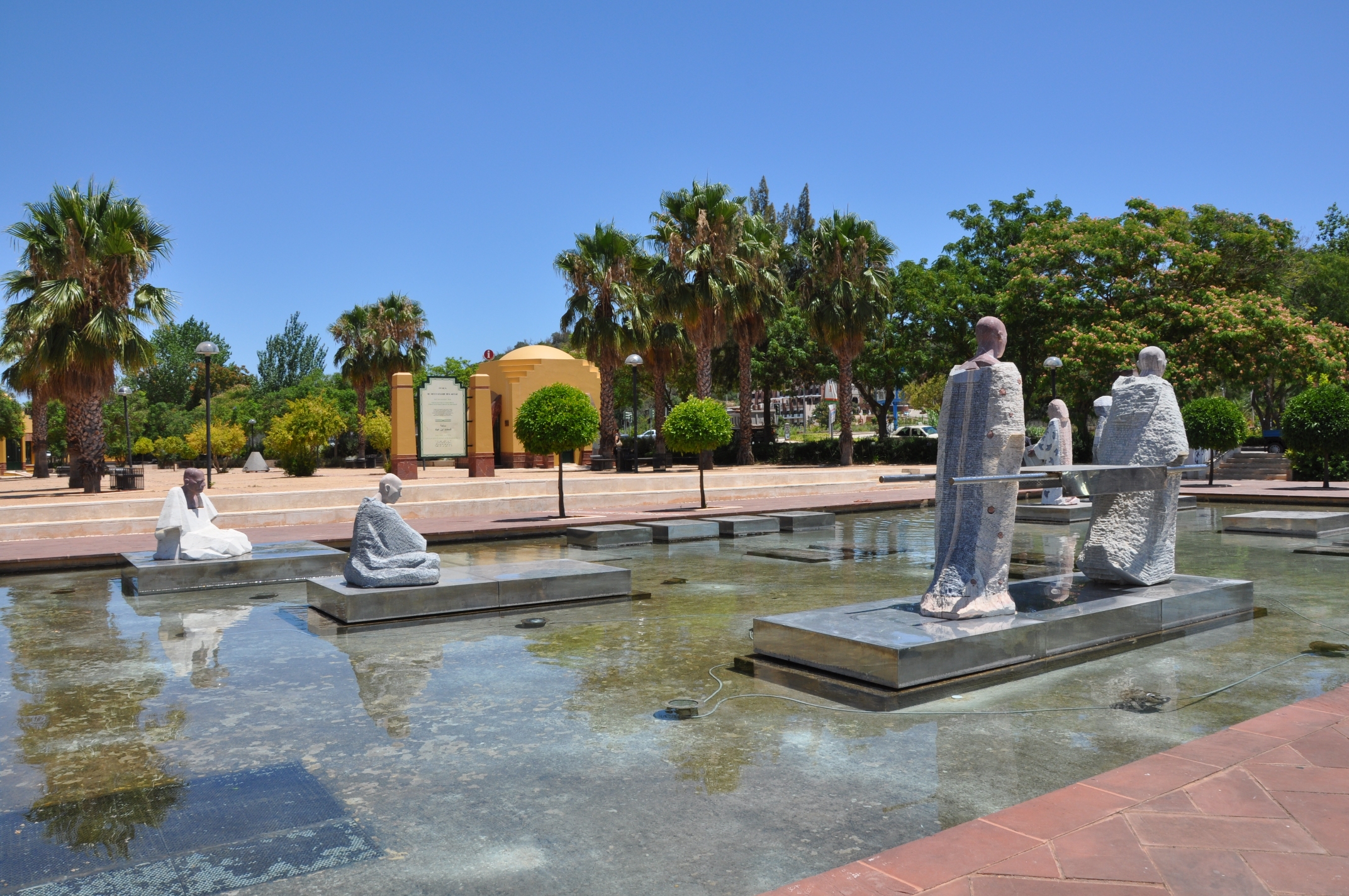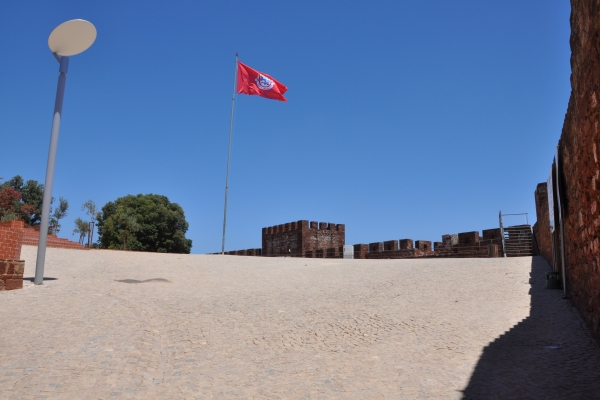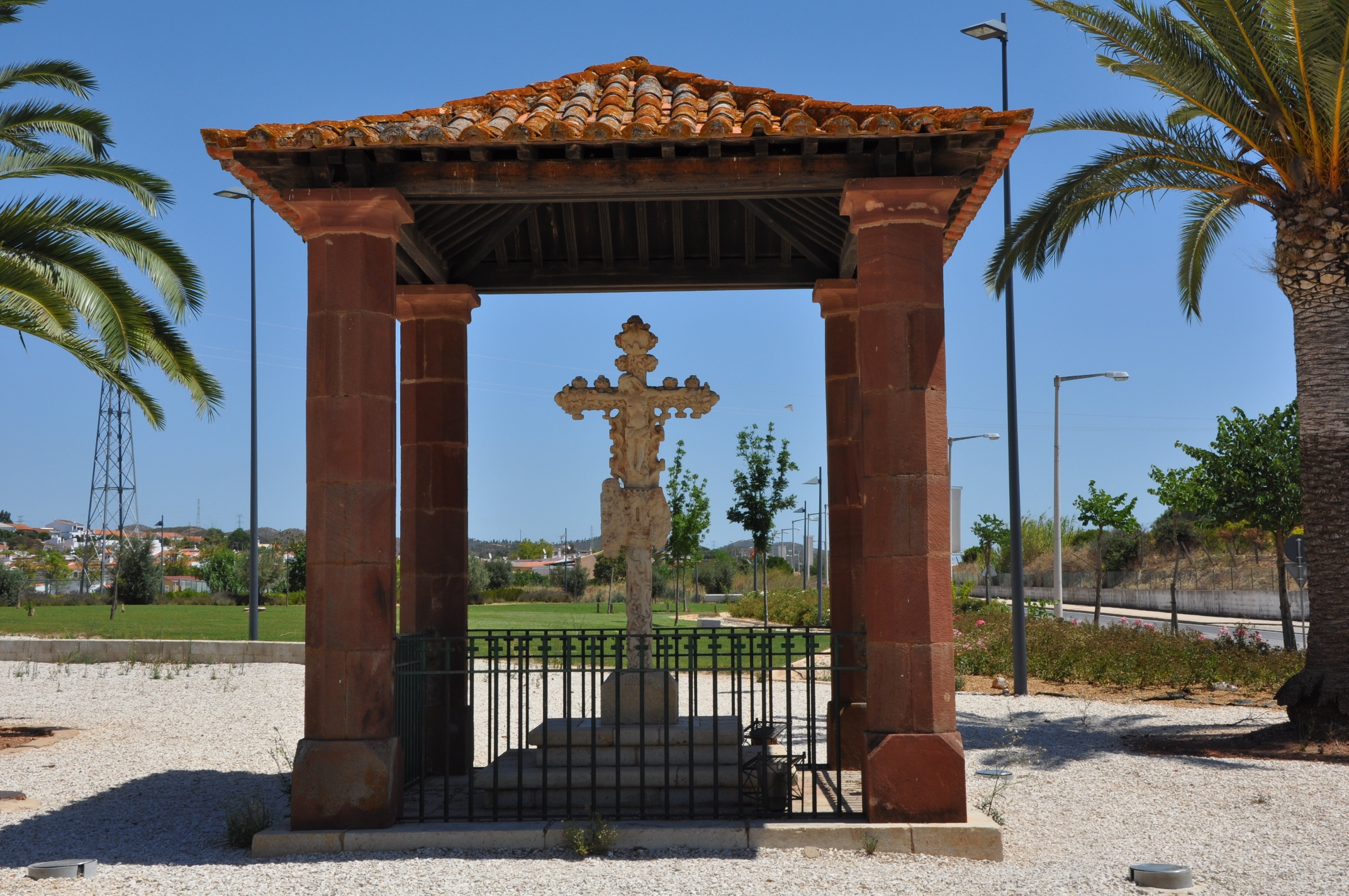Silves
It is a town in the district of Faro, and county seat of 6 parishes Alcantarilha and Pera; Tormentor and Tunis; Pear frame; São Bartolomeu de Messines; São Marcos da Serra; Silves. This municipality is limited by Ourique the north by Almodovar northeast, east of Loulé, southeast of Albufeira, southeast of Lagoon, west of Portimão and Monchique, northwest of Odemira and the south lies the Atlantic Ocean.
The remains were discovered along the Silves region and in the course of the River Arade, which affirm the human presence since prehistoric times, including megalithic monuments such as menhirs of Monte Rome in Silves and the menhirs of Vilarinha are just a few examples of agricultural communities in the Neolithic period that lived in this region. In the Bronze Age, develops the mineral extraction activities of the banks of the River Arade, developing and building the Necropolis of Alfarrobeira.
Located two kilometers west of the present city of Silves, on a hill facing north of the White Rock Hill, are the ruins of an important trading post of the 1st millennium BC, a town called Cilpes and maintained trade relations with the people of regions remote eastern Mediterranean, such as the Phoenicians, Greeks, Carthaginians.
A little history of Silves
A conquista romana ainda se faz sentir no atual núcleo urbano da cidade de Silves, os vestígios apresentam um núcleo edificado, com as suas primeiras muralhas de defesa. Seguindo-se para a ocupação árabe, que marcaram fortemente a histórica e o urbanismo, desde o séculos VIII ao XIII. Primitivamente esta região foi povoada por árabes com uma forte apreciação pela arte e ciência, ao qual permitiu o desenvolvimento do polo cultural e político do al-Gharb al-Andaluz, entre os séculos IX e XII. Permanecendo na memória dos habitantes a Medina Xelb ou a cidade de filósofos e poetas, Ibn Caci, Ibn Ammar ou o rei Al-Mutamide.
When the first Christian conquest in 1189, the Portuguese troops of Sancho I command were helped by a contingent of Crusaders in search of Earth that had landed accidentally in Lisbon. This battle takes two painful years as Mansur, endowed the city with its large fortifications and water supply infrastructure. After the Christian conquest in the mid-twelfth century, D. Afonso III appoints a bishop to this episcopal, becoming capital of the Algarve. In the fifteenth century, Prince Henry concentrated efforts in this metropolis and boost the participation of the people in the sea travel at the time of the Portuguese Discoveries.
In the sixteenth century there is evidence of the first signs of decline due to the silting of the river, which was the main route of communication with the outside, that with the formation of muddy areas become a feeble city. The bishop was transferred to Faro in 1577, which later led influential businessmen that animated the city of Silves, this act was quite challenged by the population. With the earthquake of 1755, the city became even more unhealthy, leaving her with little more than a dozen homes.
The next century was in March by French invasions, with the flight of the Portuguese court to Brazil, social convulsions, plowed the country. Already in Silves, wars between liberals and absolutists, evoked an important local figure of Silves, the absolutist guerrilla Remexido. In the second half of the seventeenth century, Silves is gifted by the cork industry, as well as trade and small dependent factories that manufacture. In the early twentieth century, the region of Silves is also awarded by a state investment, promoting the expansion of the railway, iron, reaching the outskirts of the city of Silves.
Silves was also an important labor and industrial center, that flourished in the population and in new buildings and buildings, which develops policy and culture. In the New State, that ends with the industrial cycle of cork. With the decline of agricultural activities based on the production of dried fruits, which are replaced by agricultural practice with irrigation and citrus production, which resulted in the construction of the dam of the Arade and major infrastructure irrigation that allowed Silves becomes a the most important centers of national orange producers.
An economic aspect yet to be explored and thus developed is to take advantage of the tourism industry and the potential that the Arade river offers, along with a rich historical and cultural heritage, something that can only be experienced in Silves.






